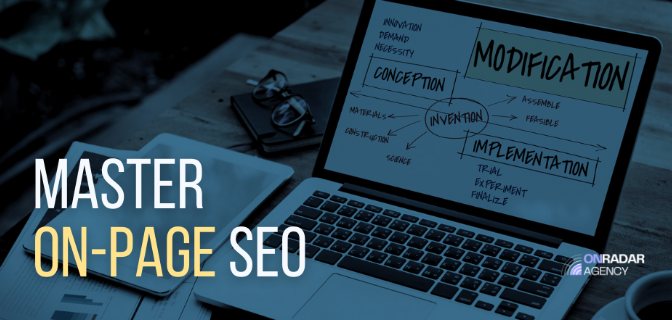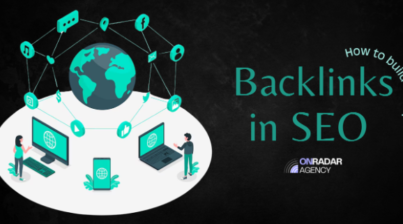Mastering on-page SEO is essential to any effective search engine optimization strategy in today’s digital environment, providing increased search visibility as well as user satisfaction with increased engagement and conversions. This on page SEO guide offers key steps on how you can master on page SEO to achieve higher search engine results and rankings.
1. Conduct Thorough Keyword Research
An important first step toward effective search engine optimization is conducting in-depth keyword research. Identifying appropriate search words ensures your content aligns with what your target audience is searching for online, using tools such as Google Keyword Planner or SEMrush to quickly locate high-volume, low-competition terms relevant to your niche market. Focus on including both primary and long tail keywords naturally into your content to elevate relevance of pages on search engine result pages.
2. Optimize Title Tags and Meta Descriptions
Optimizing title tags and meta descriptions is vital for increasing click-through rates, as well as overall SEO of any site. Each page must feature its own distinct title tag with clear keyword mention, making its message easily digestible for readers searching engines results pages (SERPs). Likewise, meta descriptions must accurately summarize each page’s contents while still fitting within character limit restrictions to ensure optimal display in SERPs.
3. Structure Content with Header Tags
Utilizing header tags (H1, H2, and H3) is vitally important to both reader experience and search engine indexation. Your H1 tag should clearly state what topic the page covers while successive H2, and H3 headers help break up this information into digestible chunks that not only make navigation simpler for visitors but also strengthen SEO rankings by signalling hierarchy within content to search engines.
4. Optimize Images and Use Alt Text
Images play an essential part of increasing user engagement, but must also support search engine optimization efforts. Optimizing these assets begins with compressing them for faster page load speeds while using descriptive file names that include relevant keywords for easy indexation by search engines. Alt text must accurately depict each image while including keywords to help search engines understand them more readily.
5. Create High-Quality, Engaging Content
Content creation should form the cornerstone of any on page SEO guide, so its quality must not only inform, engage and retain visitors but also drive action from them. Whenever possible incorporate primary keywords and long tail variations organically throughout content while adhering to 1-2% keyword density to avoid over optimization. Internal links should also be strategically used as guides that lead users towards related pages, enriching user experiences while strengthening site architecture.
6. Enhance Page Load Speed
Page speed optimization is an integral component of search engine optimization as it directly influences both user experience and rankings. Minimizing HTTP requests by decreasing the number of elements on your page or merging CSS/JASS script files as much as possible, will improve load time considerably. Browser caching also speeds up load times by saving static files for faster access upon subsequent visits.
7. Ensure Mobile-Friendliness
With most web traffic coming from mobile devices, optimizing a site for search engine ranking means making sure its mobile-friendliness is of paramount importance for effective search engine optimization. A responsive design allows your site to adapt seamlessly between various screen sizes providing seamless experiences across devices. Testing usability regularly across devices will enable you to identify any mobile-related issues and solve them proactively further optimizing performance of the website in question.
8. Optimize URLs for SEO
Optimizing URLs is an integral yet often-overlooked aspect of search engine optimization. A clean, concise URL structure not only enhances user experience, but it can help search engines better comprehend your page content as well. Ensure your URLs are short, descriptive and include relevant primary keyword(s); avoid special characters or excessive numbers and use hyphens between words for improved readability – any well-optimized URL could lead to higher click through rates and improved rankings, making this essential component of any on page SEO guide.
Conclusion
Mastering on-page SEO is essential to improving search engine rankings and providing users with an enjoyable user experience. This on page SEO guide covers key elements of optimization such as keyword research and content production through image optimization and mobile compatibility giving your website greater exposure, more traffic, and ultimately driving better results. By adhering to these steps you can enhance visibility, attract additional visits, and drive increased sales. At OnRadar Agency, we specialize in helping businesses optimize their websites for search engines. Whether you need a comprehensive on page SEO guide or specific search engine optimization services, we’re here to help you achieve your digital marketing goals. Let us assist you in reaching new heights in the digital world.




